Definition of Hemorrhoids
Everybody has hemorrhoids (or piles), which look like pillow-like clusters of veins in the lower areas of the rectum and the anus just beneath the mucous membranes. The condition of hemorrhoids (or piles) begins with swelling and distention of the veins, similar to varicose veins. Some people believe hemorrhoids are part of life’s price for being upright since blood vessels must continually battle gravity to return blood to the heart.
There are two kinds of hemorrhoids:
Internal hemorrhoids:
A hemorrhoidal condition that occurs in the lower rectum. Despite the fact that internal hemorrhoids cause bleeding, they are usually painless. For example, you might find bright red blood dripping into the toilet bowl or on the toilet paper. Internal hemorrhoids might prolapse or extend beyond the anus, resulting in several potential problems. The protruding hemorrhoids may collect small amounts of mucus and stool particles, causing irritation known as pruritus ani. Trying to relieve the itching by wiping constantly can worsen the situation.
External hemorrhoids:
A hemorrhoidal condition that forms under the skin around the anus. They are the most uncomfortable because the skin is irritated and eroded. External hemorrhoids can be painful as a result of a blood clot forming inside the hemorrhoids. Anus lumps may be felt or seen. Skin tags often itch or become inflamed once the clot dissolves (as the clot dissolves).

Hemorrhoids are distended veins that appear externally (around the anus) or internally (in the lower rectum).
Usually, hemorrhoids are caused by too much pressure caused by obesity, pregnancy, or straining during bowel movements. Hemorrhoids are often a chronic problem in midlife. The classic symptoms of hemorrhoids include itching, bleeding, rectal pain, and possible prolapse (anal bleeding). About half of the population has experienced one or more of these symptoms by the age of 50. Despite being rarely dangerous, hemorrhoids can cause chronic pain and discomfort. Hemorrhoids can be treated quite effectively, fortunately.
What causes hemorrhoids?
Hemorrhoids are traditionally linked to chronic constipation, straining through bowel movements, and prolonged sitting on the toilet. These factors inhibit the flow of blood, causing the vessels to enlarge and pool. The enlarging uterus pushes on the veins during pregnancy, which is why hemorrhoids are common during pregnancy.
Hemorrhoid patients have tighter smooth muscle in their anal canal at rest (even without straining) than patients without hemorrhoids (recent studies show). Constipation exacerbates these problems since straining during bowel movements increases pressure in the anal canal and pushes hemorrhoids against the sphincter muscle. Lastly, hemorrhoids can bulge and prolapse as their connective tissues deteriorate with age.
Hemorrhoids diagnosis
An examination of the patient’s medical history and physical can usually diagnose hemorrhoids. When a blood clot forms, external hemorrhoids are usually visible. A digital rectal exam may be performed by your clinician to determine whether you have blood in your stool. An endoscope is a short plastic tube with illumination that can be inserted into the rectum to examine the anal canal. People over 45 may need a flexible sigmoidoscopy or colonoscopy if they have bleeding or microscopic blood in their stool. Therefore, this can rule out other causes of bleeding, such as colorectal polyps or cancer.
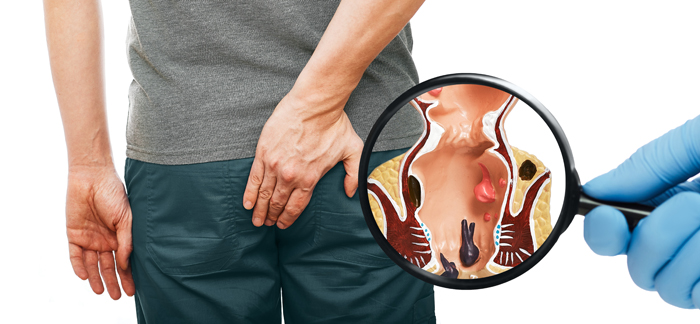
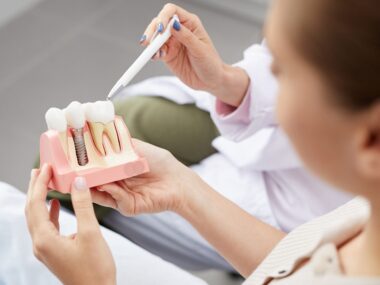

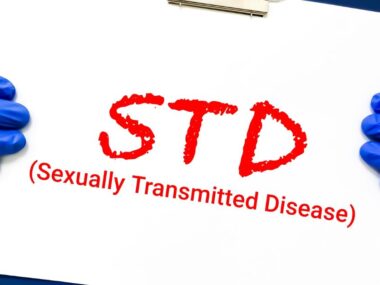

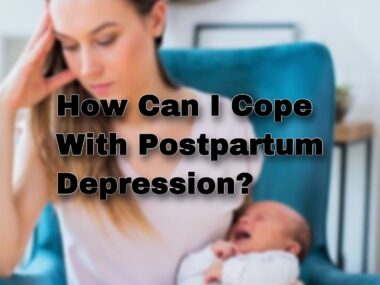
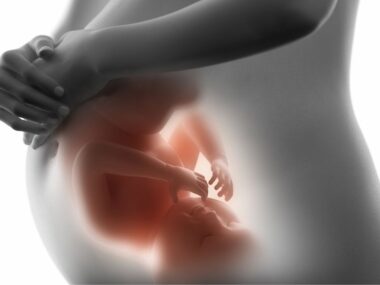
11 comments
Very good
Why
Nice one
This is a bold and wonderful step, we need more of this action. God bless Delta & Nigeria!
What??
Nice one
Hmmmm
Great..
Awesome
Very good